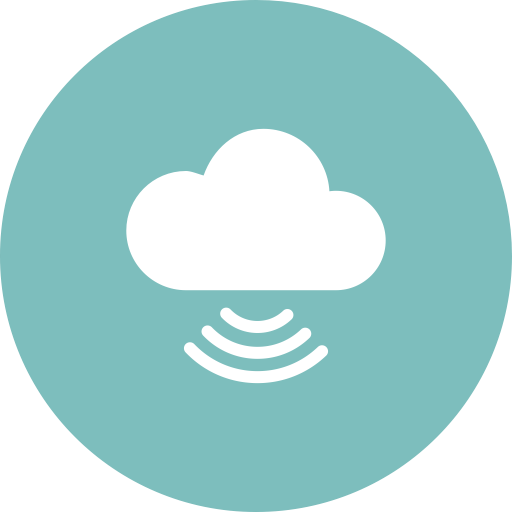Businesses that invest in the Industrial Internet of Things only benefit when their solutions are actively being used. Alerts and notifications, thus, play an integral role in the IIoT development process. IIoT solutions with well configured user monitoring and alert functions allow companies to keep their fingers on the pulse of their business and attain strong user adoption.
Consider these 4 key functions when mapping out the monitoring alert features of your Industrial Internet of Things solution:
- Cloud connectivity: Alerts generated by the devices that make up your IIoT solution should be forwarded to any cloud-connected device accessing your solution’s web, tablet or mobile apps. The dashboard of your Industrial IoT solution should be accessible via any of these cloud-connected devices.
- Filtered data alerts: Consider developing your Industrial IoT solution so that the data users receive alerts and notification updates that are segmented by role. This will ensure users aren’t overloaded with data, and instead are only updated with data that is relevant, and actionable for them.
- Critical data threshold flexibility: Administrators should be able to easily modify the system’s thresholds for critical alert delivery as user feedback comes in and businesses’ needs change. Users can also be given permission to customize which critical alerts are delivered to their dashboard. For customer facing IIoT apps, it may make more sense for all users to be given the ability to customize their data alerts threshold. With IIoT apps that are developed for internal purposes, IT and development teams can more accurately define critical data thresholds on behalf of employees and withhold user control of data delivery.
- Alerts monitoring: Industrial IoT devices generate hordes of data that must be monitored to ensure smooth functioning. Many businesses’ IT teams don’t have enough time to filter through this device-generated data consistently, and as a result outsource their alerts monitoring to a third party specializing in IoT app development.
What other device monitoring, and alerts functions are important for your business? Share your feedback in the comments! We’re also nearing the end of our blog series on how industrial organizations can develop IIoT apps, step-by-step. If you haven’t yet, be sure to download our IIoT development checklist and consult earlier consideration factors that have already been addressed in our series.


